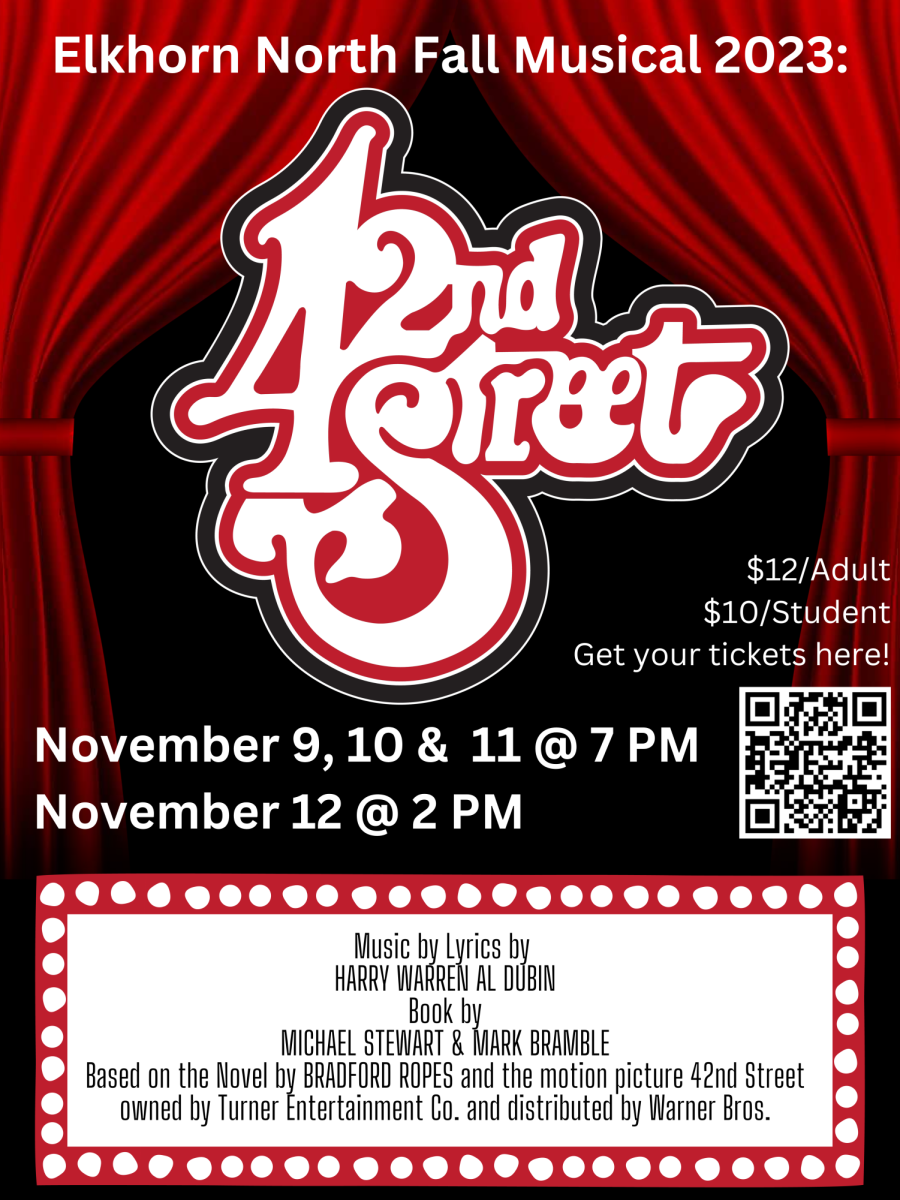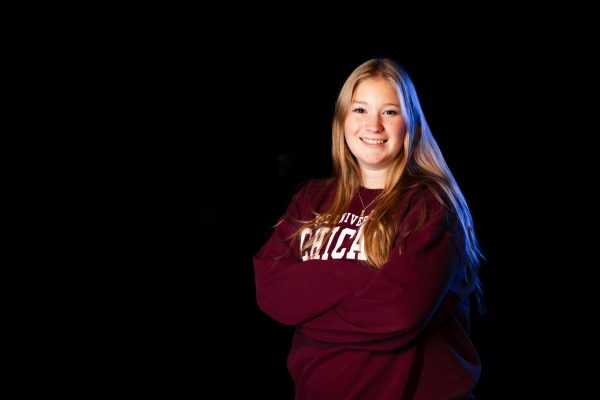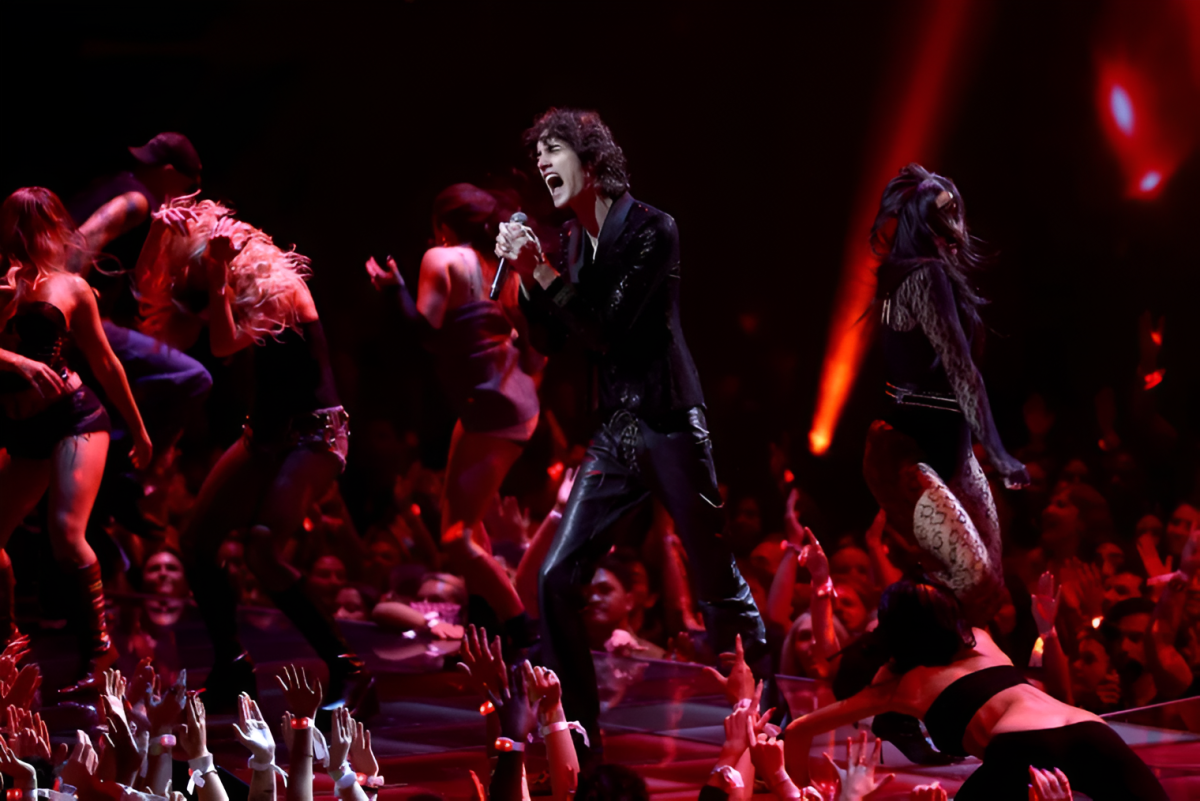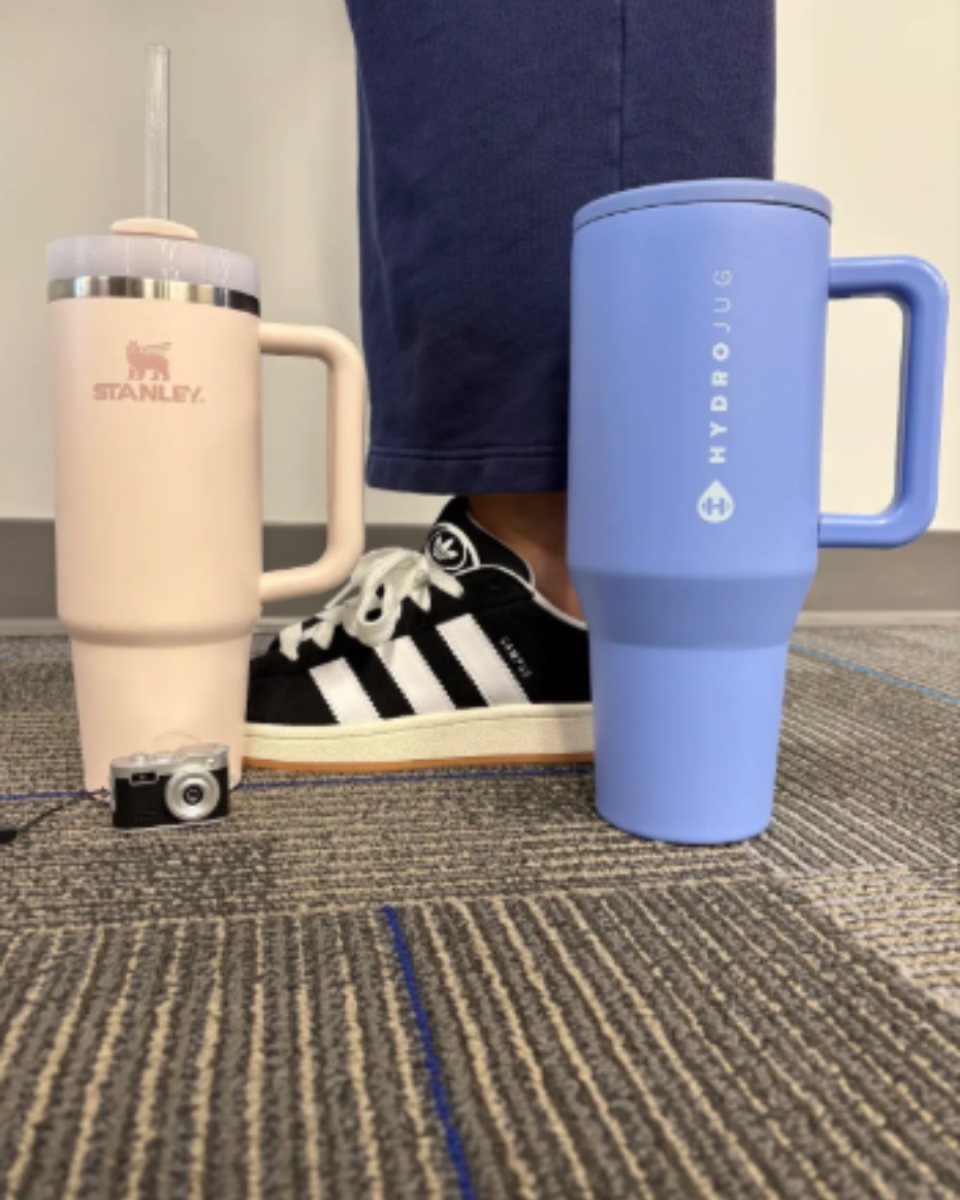The 2023 fall musical, 42nd Street, tells the story of a young actress named Peggy Sawyer who decides to audition for a Broadway extravaganza in the process of looking for her big break in her acting career.
Over the years, the ENHS musicals such as the Little Mermaid (2021), Legally Blond (2022), and now 42nd Street have been produced successfully thanks to not only the directors, choreographers, and actors who have been involved in the show, but also by the behind the scenes people such as the tech crew and the pit orchestra.
“It’s fun to have such a massive project and just have so many different aspects of it that are coming together,” Pit Director Matt Rom said, “We get to have some different sounds that we don’t always get to play in other things, so it’s fun to explore some different genres and varieties and hear stuff just like you hear on Broadway.”
Pit Orchestra provides the musical aspect to 42nd Street. They provide musical backgrounds from a lowered pit in the stage, hence the name “pit” orchestra. Many of the instruments that are included in the pit orchestra are many different piano/bass sounds, saxophones, aerophones, drums, flutes/piccolos, trumpets, trombones, etc. The downside to pit, though, is the level of difficulty it presents to younger high school musicians.
“It’s definitely a process,” Rom said. “The thing that makes it kind of a challenge for us is that there are a lot of parts not covered by high school musicians. The music is written for professional level musicians, so the higher parts are filled by higher level musicians who we don’t get to work with until the last week.”
Another important part of helping the musical run smoothly is the tech crew. Their responsibilities include things like facilitating all the microphones, running sound checks, operating the soundboard, and adjusting the mics throughout the show to make sure none of the actors are too loud or too quiet.
“It is a really important part of the show and it’s fun to be around the tech people.” Sound designer and soundboard operator Amina Teri said, “We usually start working with the cast around the last week of October.”
Some other key people involved in tech are the stage crew people, who help run the transitions in the show and bring props/sets on and off stage. They allow the transitions to move smoothly, and help move microphones around as well.
Tech week, which is usually the last week of October or the first week of November, is when the pit, actors, and tech crew all really start working together to put the show in motion. For the pit orchestra, all of the higher level musicians join the pit, and fill in the missing parts. This helps the sound become more full, and all of the missing pieces being filled gives the whole sound more of a real Broadway aspect. For the tech crew, the actor’s start working with microphones, soundboards, sound effects, and lighting and other technical design elements.
There are many different parts that go into running a musical, and all parts have different, important jobs. Without each of these responsibilities, the musicals here at Elkhorn North would not be able to run as smoothly as they do now.










